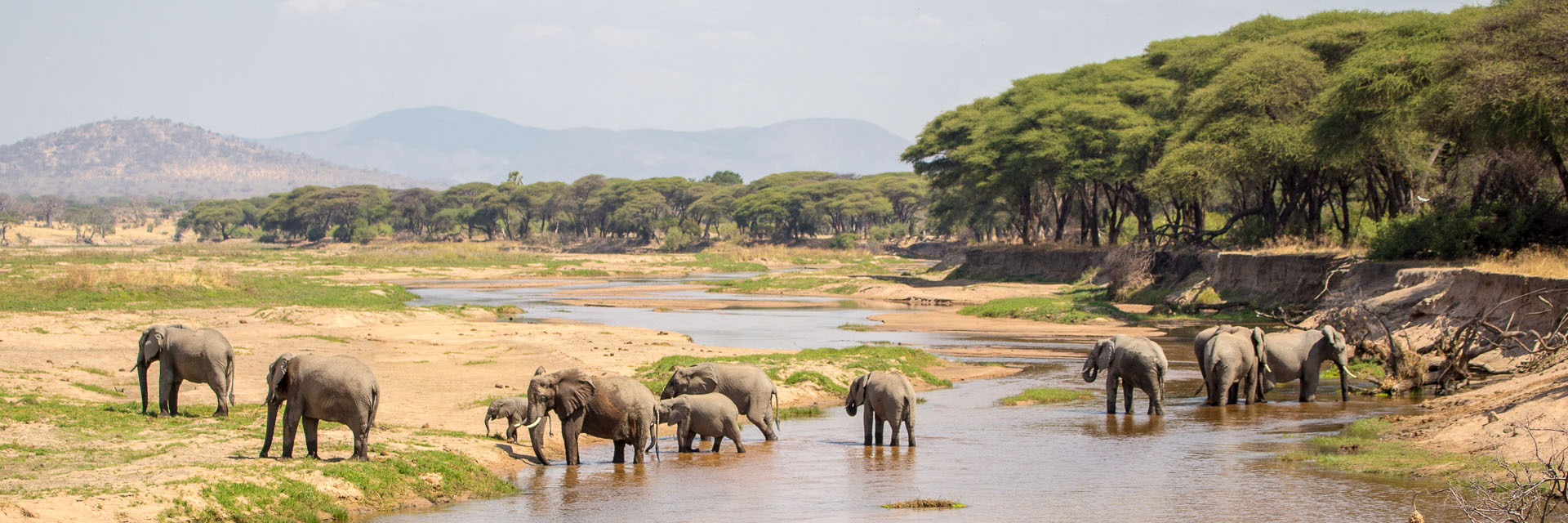Tanzania’s largest National Park, Ruaha is a wilder and more remote park than its southern neighbour Selous Game Reserve and ultimately has the better wildlife, albeit without boating safaris. We love this park! Safaris here are some of the best you will find in the country and are superb value for money. It is a wild and authentic environment that remains relatively untouched.
One of Tanzania’s best-kept (and more affordable) secrets, Ruaha is a particularly good complement and contrast to the Selous, although it would be a great addition to any Tanzania safari. The lion viewing around the Mwagusi area is especially rewarding and general predator concentrations across the park are better than many of the other parks in the country. Overall it is an absolutely excellent safari destination.
Where is Ruaha National Park in Tanzania?
Ruaha is a big and wild park to the West of the Selous Game Reserve, and South of The Serengeti. It is a really amazing destination with it’s unbelievable wildlife, but also it’s geographical location means it is a longer and more costly flight which keeps the volume of visitors low; all adding to it’s raw and uncommercial feel. There is a new flight connecting the Serengeti and Ruaha, but you can also get flights from Dar es Salaam and The Selous.
Ruaha National Park – The Game
Ruaha has all the predators on show, with very good lion, leopard and cheetah as well as wild dog and hyena. Buffalo and elephant herds are found throughout the park but it is the park’s crazy combinations of species from east and southern Africa that excites wildlife and birdwatching enthusiasts. It is not uncommon to see sable antelope, Grant’s gazelle, greater kudu and lesser kudu in the same area as east Africa’s common species such as zebra, defassa waterbuck, impala and giraffe. Put in the hours and travel across the park to find sable, roan, hartebeest and over 500 species of bird!
Ruaha Safari – The Activities
The main activity is a Ruaha Safari daytime game drive. Night safaris are not permitted. Due to the high numbers of elephant in Ruaha some camps have chosen not to operate walking safaris. Those that do (Kwihala, Jongomero and Kigelia) have some superb guides and can offer amazing walking safaris. Jongomero is the only camp to operate fly camping trips with adventurous nights spent out under the stars.
Ruaha Safari – When to go
Like the Selous, Ruaha is a classic dry season park. Game gets progressively better towards the end of the dry season as the water holes and rivers dry up and the game concentrates around water. Like the Selous, travelling to Ruaha out of season will virtually guarantee that you see no other people whilst on safari and there are pockets in the park where the game concentrations are good at any time of the year. The birding from December through to March is exceptional.
